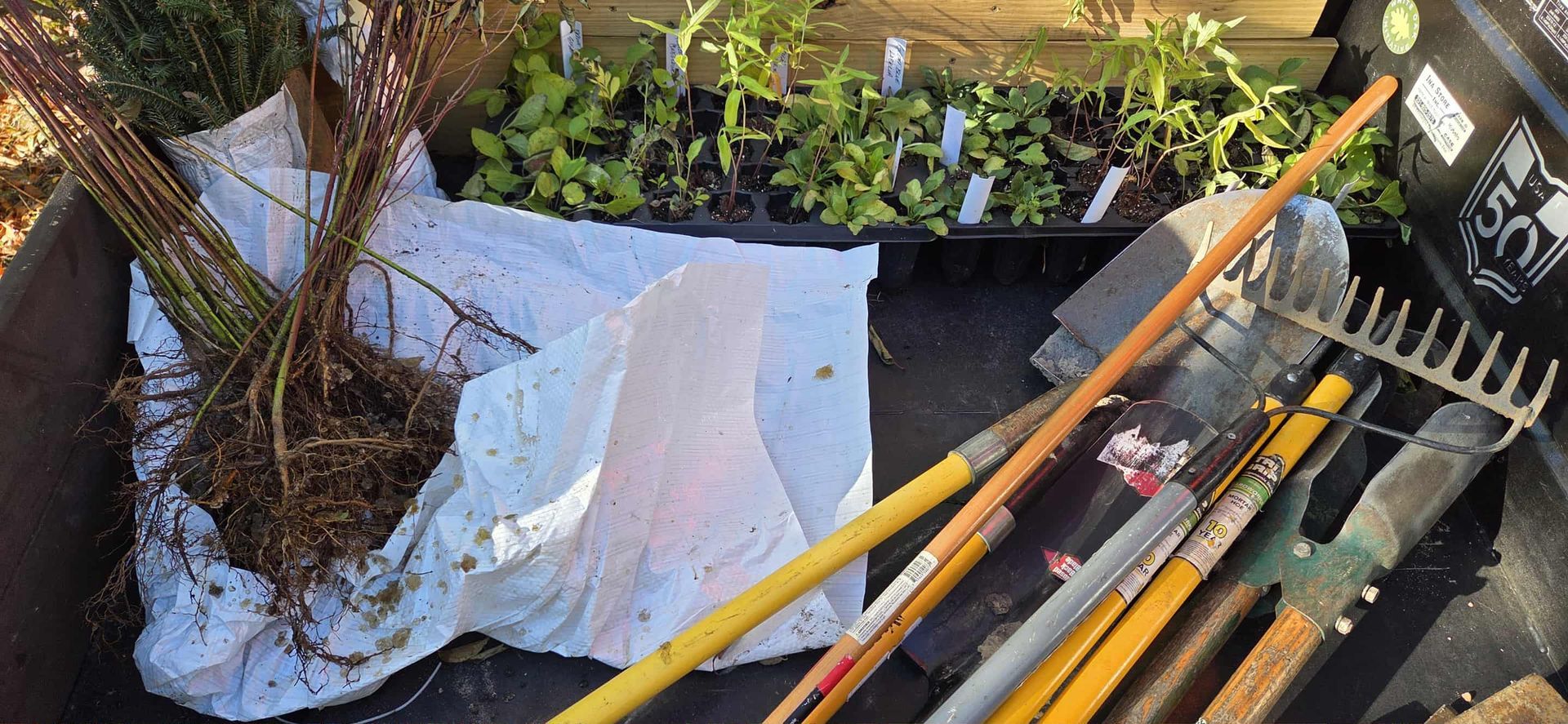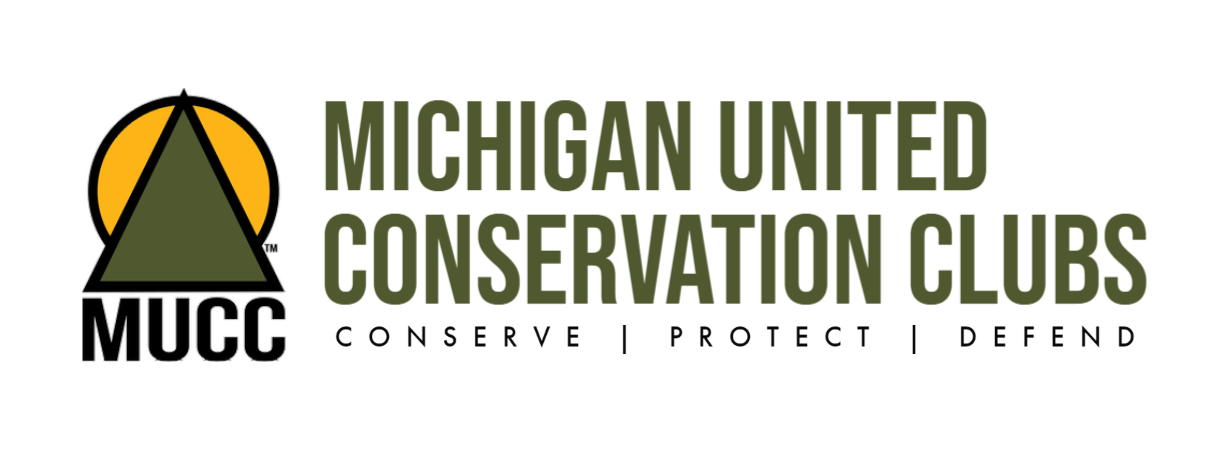NRC to Meet Online in April with a Full Agenda
Written by Charlie Booher, MUCC Policy Intern
The Natural Resources Commission (NRC) is slated to take action on topics from lake trout and crayfish to elk, ducks and platform hunting.
This unique meeting of the NRC will take place virtually on April 16, and a full agenda for the day can be found here . The Department of Natural Resources (MDNR) has provided the following statement in response to this change in format:
In response to the COVID-19 emergency, the April meeting will be held in an online format with the opportunity for the public to view the meeting and participate online or by telephone via conference line.
Online meeting link: http://www.michiganliveevents.com/2020/03/dnr-commission-virtualmeeting-april-2020/
Dial-in only number: 351-999-4191
If you would like to offer testimony at the meeting, please send an email to NRC@michigan.gov and you will receive a link to the meeting and a code to enter.
“During these times of social distancing, it is still important that we maintain transparency,” said MUCC Executive Director Amy Trotter. “While it is important to maintain security for government meetings, the MDNR should make every effort to allow full, free and clear access to the NRC.”
MUCC has also received numerous comments regarding the spring turkey season from members and how tags they already purchased will be affected by the recent ban on traveling between Michigan residences.
“We also hope that the NRC will consider taking what action they can to keep Michiganders safe during the upcoming spring turkey season, given the challenges associated with COVID-19,” said Trotter. MUCC has urged all of the commissioners and MDNR Director Eichinger to explore creative ways to allow residents to still turkey hunt if they purchased a tag in a unit a significant distance from their primary residence.
Meetings will begin with a convening of the NRC Committee of the Whole at 9:00 a.m. and a report from director Eichinger. Commissioners will then be briefed by MDNR Fisheries Chief Jim Dexter and acting Wildlife Chief Dan Kennedy. Dexter plans to discuss statewide trout, salmon, whitefish, cisco, grayling and smelt regulations, as well as an invasive species order regarding marbled crayfish. Kennedy, joined by other wildlife division staff, will update commissioners on small game and upland bird regulations, as well as 2020 elk regulations, migratory game bird regulations and bovine tuberculosis surveillance efforts.
For Information
The Small Game and Upland Game Bird Regulations Wildlife Conservation Order Amendment No. 5 of 2020 will be up for information before the NRC in April. While the NRC was not going to address small game regulations on its five-year cycle, commissioners sought information from the Department on expanding the use of elevated platforms. The order notes that most of the stakeholder interest focused on the use of small caliber firearms for the take of rabbits and squirrels. This item was reflected in a 2019 MUCC member-passed resolution and we look forward to exploring this issue with the NRC further at the April meeting.
This item may not be adopted by the NRC unless brought up for action at the May meeting.
For Action
Commissioners are slated to take action on a number of orders at this meeting, carrying over from both February and March.
The NRC will first take up Fisheries Order 200.20A , which sets regulations for statewide trout, salmon, whitefish, cisco, grayling and smelt regulations. This month, the NRC will be ruling on lake trout in management units MM-4 (Grand Traverse Bay) and MH-1 (Northern Lake Huron). If passed, this order would increase the lake trout bag limit in MM-4 from one to two fish and from two to three fish in MH-1, unifying the creel limit in Lake Huron to three fish lake-wide. If this order is approved, creel limits will return to those set in 2018 which, at the time, caused the state to exceed a harvest quota set forth in the 2000 Consent Decree. The state’s quotas have been increased for 2020 based on surveys of the resource and MDNR fisheries biologists determined the recreational fishery can support creel limits of two and three fish, respectively.
While it does not appear that there will be any changes to the contested U.P. brook trout creel limits contained in this rule, this topic could come up in discussion.
Commissioners will then take action on the furbearer regulations that are included in Wildlife Conservation Order Amendment No. 1 of 2020 . If this order is enacted, it would increase the otter bag limit by one tag in each otter management unit and would allow trappers to harvest up to four otters total. This order also would extend the spring beaver trapping seasons through the end of April and would permit trappers to keep mink that are incidentally trapped in muskrat colony traps. Further, this order would allow the hunting of predators like foxes and coyotes from elevated platforms, as well as add pneumatic air guns as legal methods of take for the nighttime hunting of raccoon, opossum, fox and coyote. Both of these provisions received support from MUCC members in resolutions passed through our grassroots policy process. There are other elements within this rule that intend to clarify trapping regulations.
The NRC will then rule on Wildlife Conservation Order Amendment No. 2 of 2020 , which regulates the use of electronic trap monitors for wildlife damage and nuisance animal control businesses.
Next, commissioners will take up Wildlife Conservation Order Amendment No. 3 of 2020 , which deals with regulations for the 2020 and 2021 elk hunts. Elk management in Michigan is conducted on a two-year regulation cycle and this order falls within the standard rotation. MDNR staff biologists are recommending a shift in the elk management unit (EMU) boundaries in the Northern Lower Peninsula, as well as an increase in tags during the second hunt period. If adopted, there will be 60 more elk tags available in 2020 and 2021 than in 2019. Nearly 37,000 hunters applied for elk tags last season.
Further, the NRC commissioners are slated to act on Wildlife Conservation Order Amendment No. 4 of 2020 , which determines hunting seasons for migratory game birds. Every year, the U.S. Fish & Wildlife Service provides a flyway-wide framework of regulations that might be set by individual states, with the advice of the Citizen Waterfowl Advisory Council and after reviewing waterfowl hunter surveys. This order provides for a reduction in the scaup bag limit from three to two and continuation of the September teal season. The NRC may also consider moving the boundaries of waterfowl hunting zones, which is intended to offer hunters on Saginaw Bay more ice-free days. Proposed zone changes were the subject of a public survey in late 2019.
For Action – Director
The director is scheduled to rule on an invasive species order regarding the marbled crayfish. More information on this order can be found here .
There are a number of land transactions before the director this month, including sales in Oscoda, Antrim and Oakland counties. These parcels of land for sale are minor in size and will not affect any public hunting opportunity. A full list of transactions can be found on the agenda here . It is expected that the director will approve all transactions listed.
The NRC is scheduled to meet next on May 14 in Traverse City.
The post NRC to Meet Online in April with a Full Agenda appeared first on Michigan United Conservation Clubs.
Recent Posts



